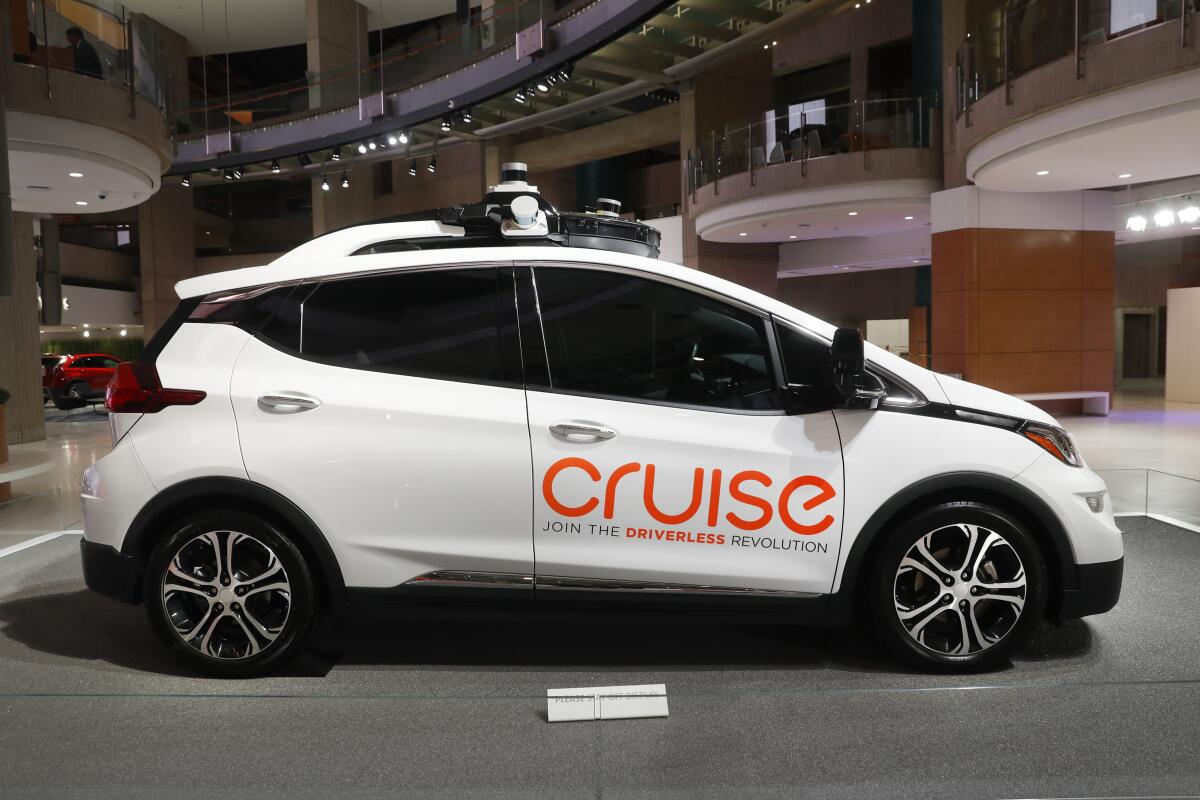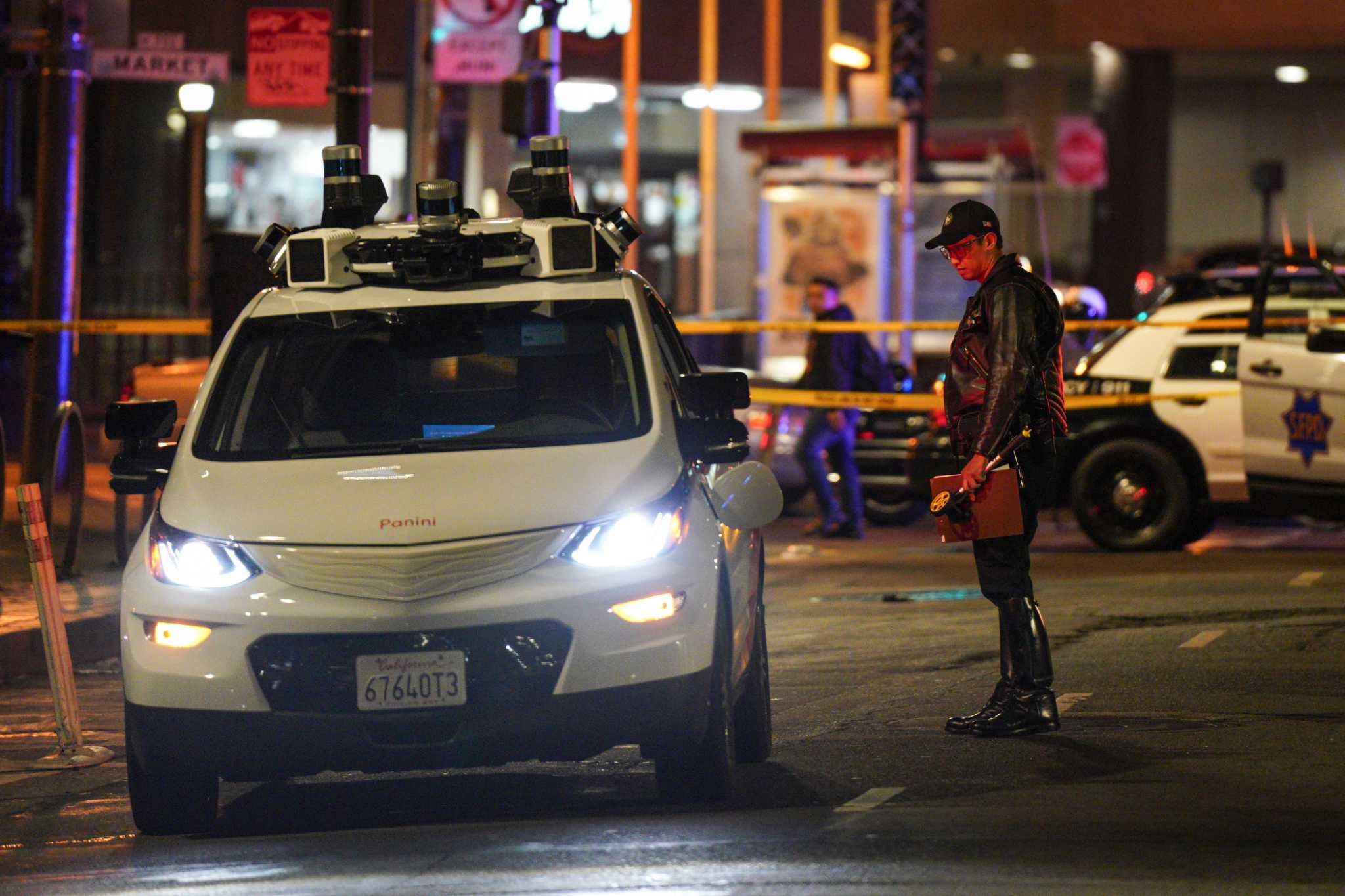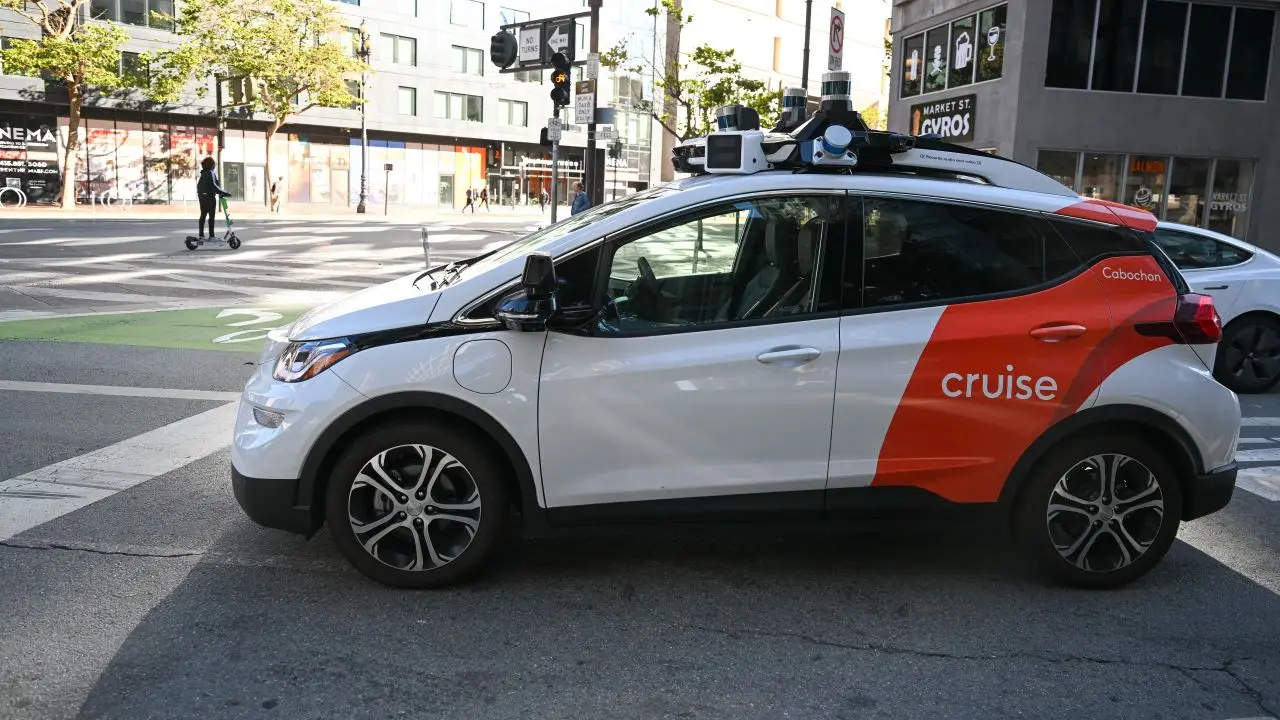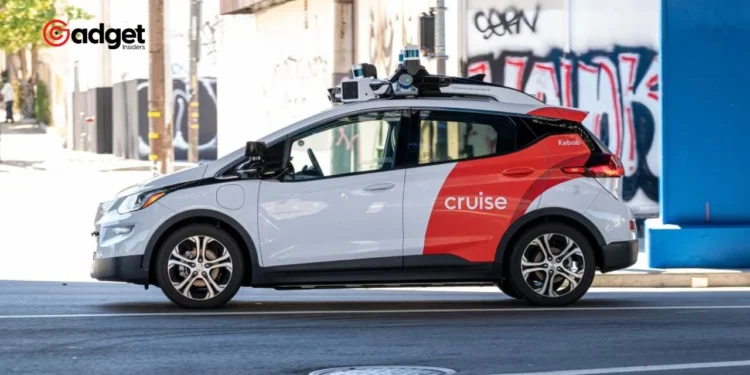In a stark reminder of the complexities surrounding autonomous vehicles, a woman who was tragically dragged by a Cruise robotaxi in downtown San Francisco last fall has settled for an amount reported to be between $8 million and $12 million. This incident, which occurred on October 2, underscores ongoing concerns about the safety of driverless technology in urban settings.

The Incident Details
According to reports, the sequence of events unfolded when a human-driven vehicle first struck the woman, leading to her initial contact with the Cruise robotaxi. The autonomous vehicle then proceeded to drag her approximately 20 feet at a speed of 7 mph before coming to a halt.
Tragically, the victim found herself trapped under the vehicle during this ordeal, causing life-threatening injuries that required immediate medical attention. She was later discharged from Zuckerberg San Francisco General Hospital, where she was treated for critical injuries.
Cruise, a subsidiary of General Motors, has settled a robotaxi dispute for over $8 million: https://t.co/o1d2W7CSS2 marks a significant stride towards autonomous vehicle advancement.#automotive #settlement pic.twitter.com/mJaHpRPDcK
— Experts.com (@Experts_Com) May 16, 2024
Regulatory and Corporate Fallout
In response to the incident, the California Department of Motor Vehicles (DMV) took swift action by suspending Cruise’s driverless taxi permits. The DMV also accused Cruise of not providing complete footage of the incident to regulators, which has fueled further scrutiny of the company’s operations. As a result of these developments, Cruise, a subsidiary of General Motors, is now in the process of reinstating its license to operate autonomously in San Francisco and is also preparing to resume operations in Phoenix.

Financial and Operational Impact on Cruise
The fallout from the incident has had significant repercussions for Cruise. In the wake of the October event, General Motors slashed Cruise’s annual budget by $1 billion and overhauled its management team. Financial disclosures reveal that since GM’s acquisition in 2016, the robotaxi firm has accumulated losses exceeding $9 billion, highlighting the substantial financial risks associated with pioneering autonomous vehicle technology.
A Company in Reflection
Following the settlement, a Cruise spokesperson expressed the company’s ongoing concern for the victim, stating, “The hearts of all Cruise employees continue to be with the pedestrian, and we hope for her continued recovery.” This statement reflects a broader industry-wide reflection on the balance between innovation and safety, particularly as companies like Cruise navigate the public and regulatory landscapes after such serious incidents.

Ethical Challenges in the Autonomous Robotaxi Industry
The incident involving the Cruise robotaxi is a pivotal moment for the autonomous vehicle industry. It serves as a critical reminder of the challenges that lie ahead in integrating these advanced technologies into everyday life safely. As Cruise and other companies continue to develop and deploy autonomous vehicles, they must prioritize transparency, safety enhancements, and ethical considerations to foster public trust and ensure a safer future for all road users.
The resolution of this case may provide some closure for the parties involved, but it also opens up broader questions about the role of human oversight in an increasingly automated world and the ethical responsibilities of companies at the forefront of this transformative technology. As the technology evolves, so too must the measures to protect and value human life in the advent of the new age of transportation.










